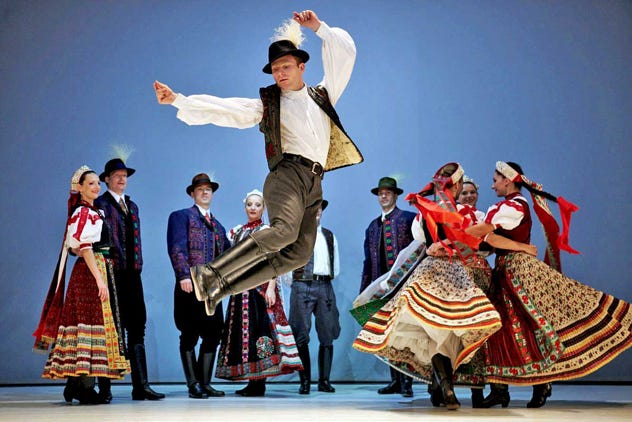Johannes Brahms
(1833-1897)
Piano Quartet No. 1 in G Minor
(1861)
A casual glance at the MAJOR WORKS BY BRAHMS section on the Brahms Home Page demonstrates just how important chamber music was for Brahms. He composed 22 major works for various chamber groupings, some of which are among his most profound and moving works. Brahms’s passion for composing chamber music puts him squarely in the opposite camp of the New German School, dominated by the figures of Berlioz (this godfather of the movement was of course French!), Liszt, and Wagner (and even Richard Strauss a bit later…), all of whom eschewed chamber music and wrote almost none of it in their careers. The Piano Quartet is one of his earliest completed chamber works and features a fiery Rondo a la Zingarese in Hungarian style as its Finale. This ‘gypsy’ Finale was orchestrated (along with the rest of the quartet movements) by Arnold Schoenberg in 1937. Have a listen to both of them—you won’t be sorry. What a treat!

BONUS: Here is Schoenberg’s famous transcription of the above Piano Quartet’s Finale. It is an amazing display of orchestral writing and virtuosity, Enjoy!